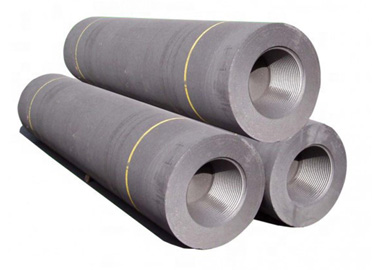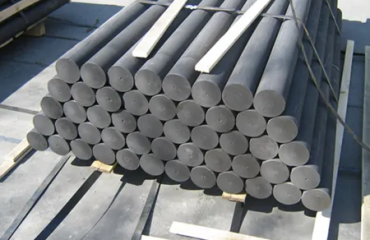
When formulating high-speed machining process, the following aspects shall be comprehensively considered:
(1) Cutting parameters;
(2) Tool feeding mode;
(3) Tool geometry;
(4) The number of cutting edges and the overhang of the cutter bar;
(5) Cooling conditions;
(6) Clamping mode between tool bar and machine tool;
(7) Blade clamping mode, etc.
At present, scholars in Japan and Germany have carried out some relevant research on the optimization of cutting parameters and tool geometric angle for high-speed milling and high-speed turning of graphite with large diameter milling cutter (≯ 12 mm). The results show that:
(1) In terms of tool wear, the cutting speed increases and the wear area decreases; The feed rate per tooth of milling cutter increases, and the tool wear increases; When the rake angle increases, the crater depth KT on the rake face decreases, but the crater width KB on the rake face changes little; The wear of the flank decreases with the increase of the back angle; The smaller the graphite grain size is, the longer the tool life is; The tool life is roughly proportional to the bending strength and shore hardness.
(2) In terms of cutting force, the cutting force of graphite material is only 10% of that of aluminum, copper and other ductile metals. When turning graphite electrode material, the cutting force and its fluctuation amplitude increase with the increase of feed rate: the cutting force decreases with the increase of tool rake angle, and when the rake angle increases to 60C, the change of cutting force is no longer obvious: the higher the bending resistance of the material, the greater the cutting force; The influence of cutting speed of brittle materials on cutting force is generally negligible.
(3) In terms of machined surface quality, increasing cutting speed and cutting feed rate can reduce the surface quality; The tool rake angle increases and the surface quality decreases. Graphite rough machining aims at cutting the largest amount of materials in the shortest time, and can adopt profiling milling or contour milling. The advantages and disadvantages of rough machining process depend on the NC programming according to the tool surface contour curve function, so that fast and simple milling can be carried out along the envelope contour. When finishing, the influence of milling direction on machining accuracy and surface quality should be considered in the treatment of bending angle. Pull milling and drill milling will occur when milling along the surface, and the deformation of the tool will lead to the deviation of the workpiece contour. The best strategy for milling along the plane contour is the combination of back milling and plane contour milling. The main problem of prismatic machining is the fracture of local corners of the die, and the action direction of cutting force should be mainly considered.
At present, the process parameters used in the high-speed machining strategy commonly used by China’s graphite electrode high-speed machining enterprises mainly depend on the experience of programmers and are selected according to the general principles, but there has been no theoretical and Application Research on the programming strategy and process parameter optimization of special structural parts.


